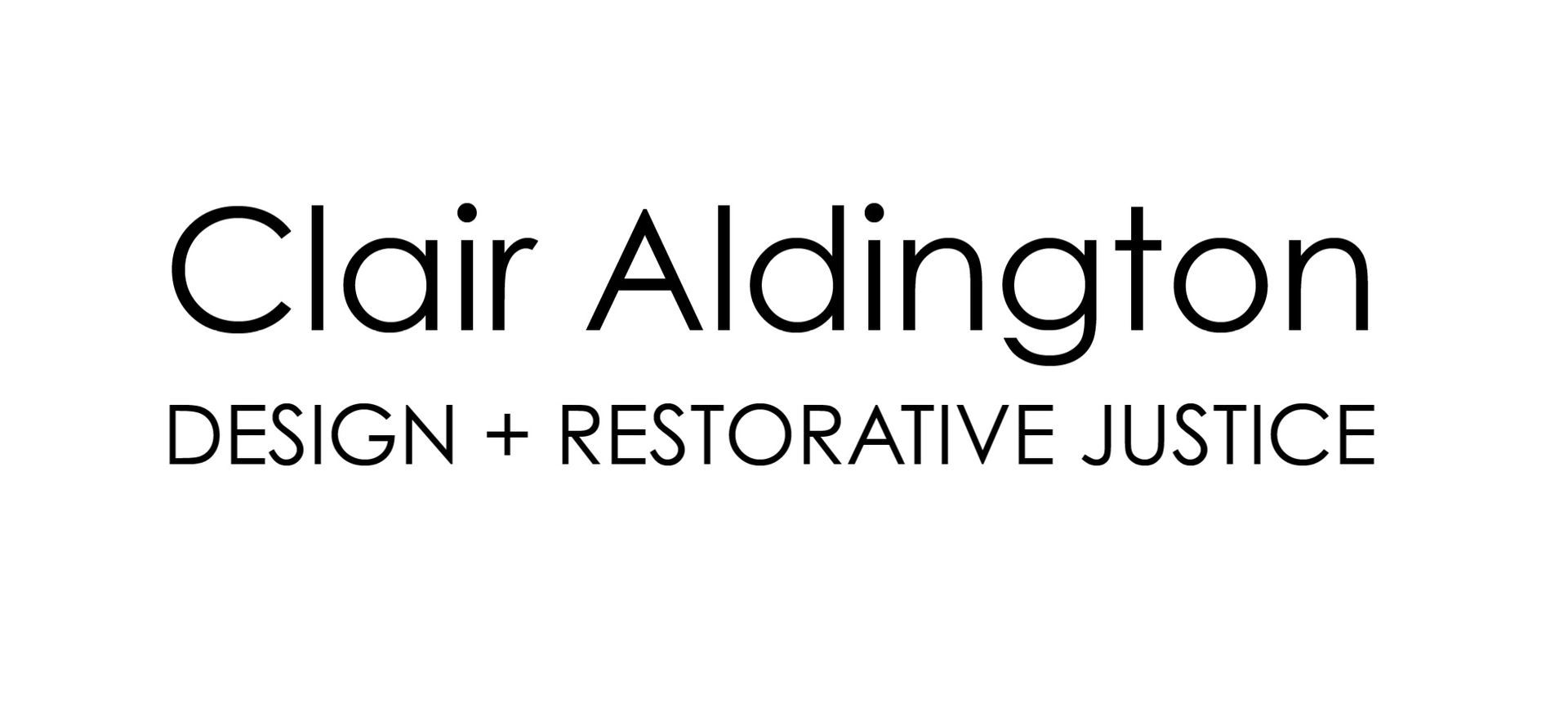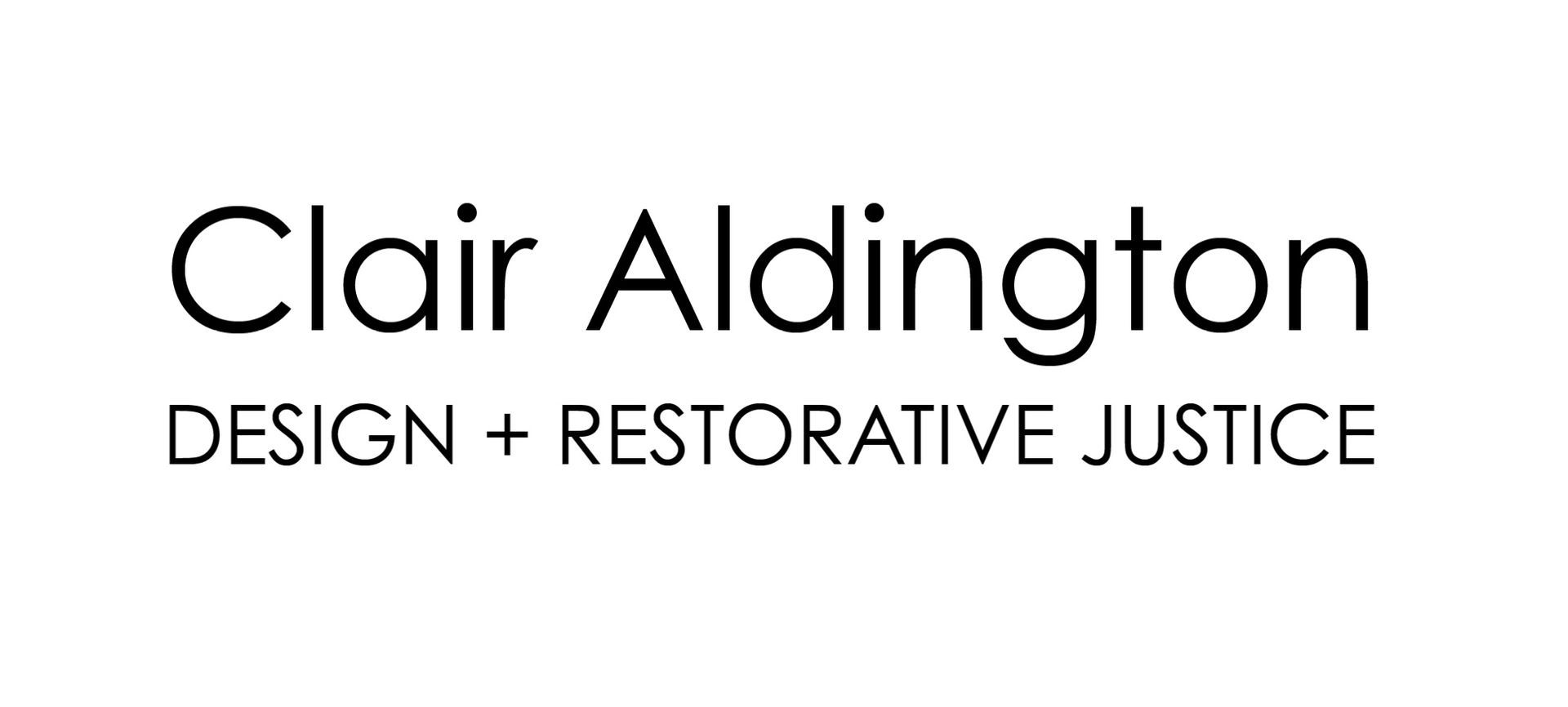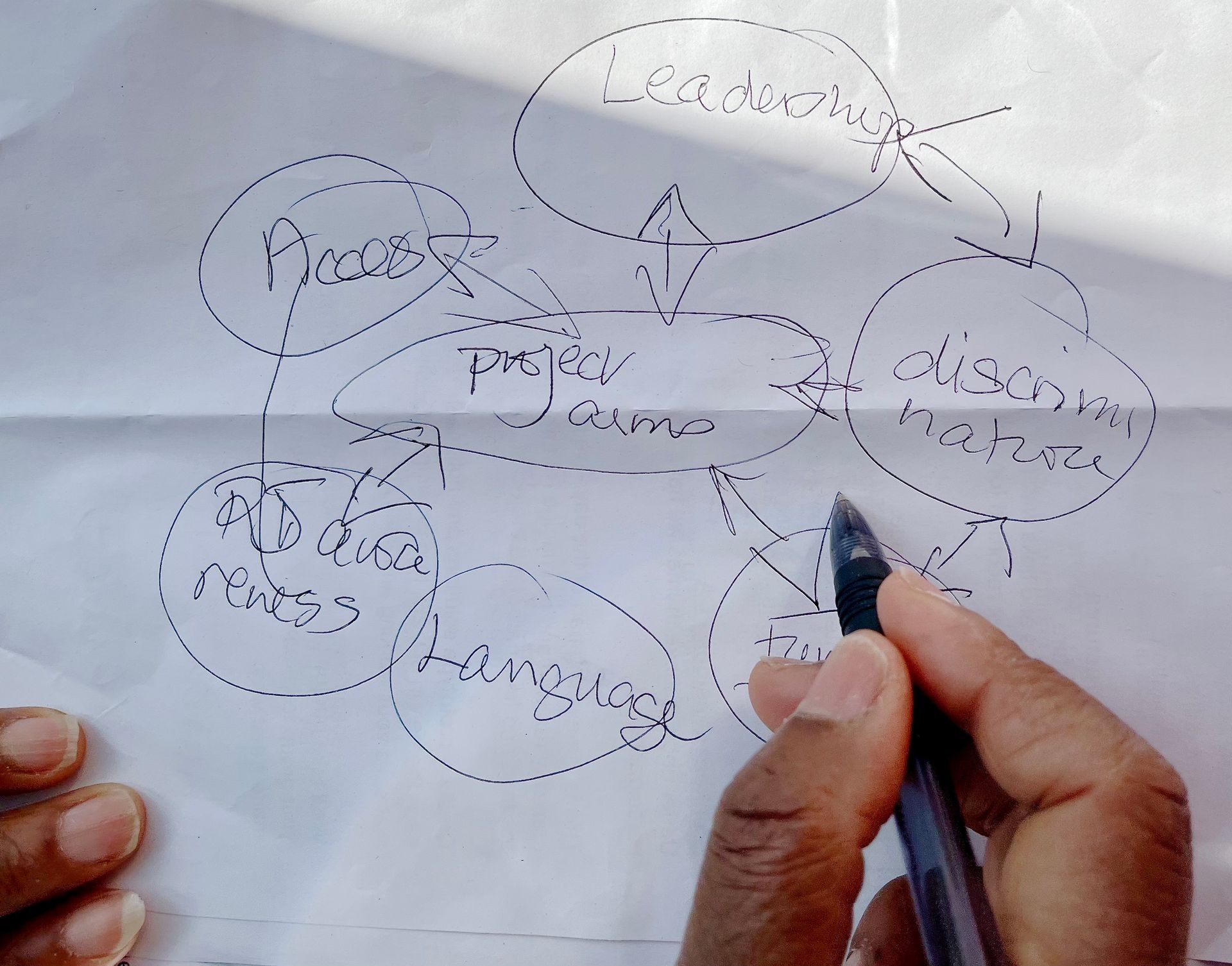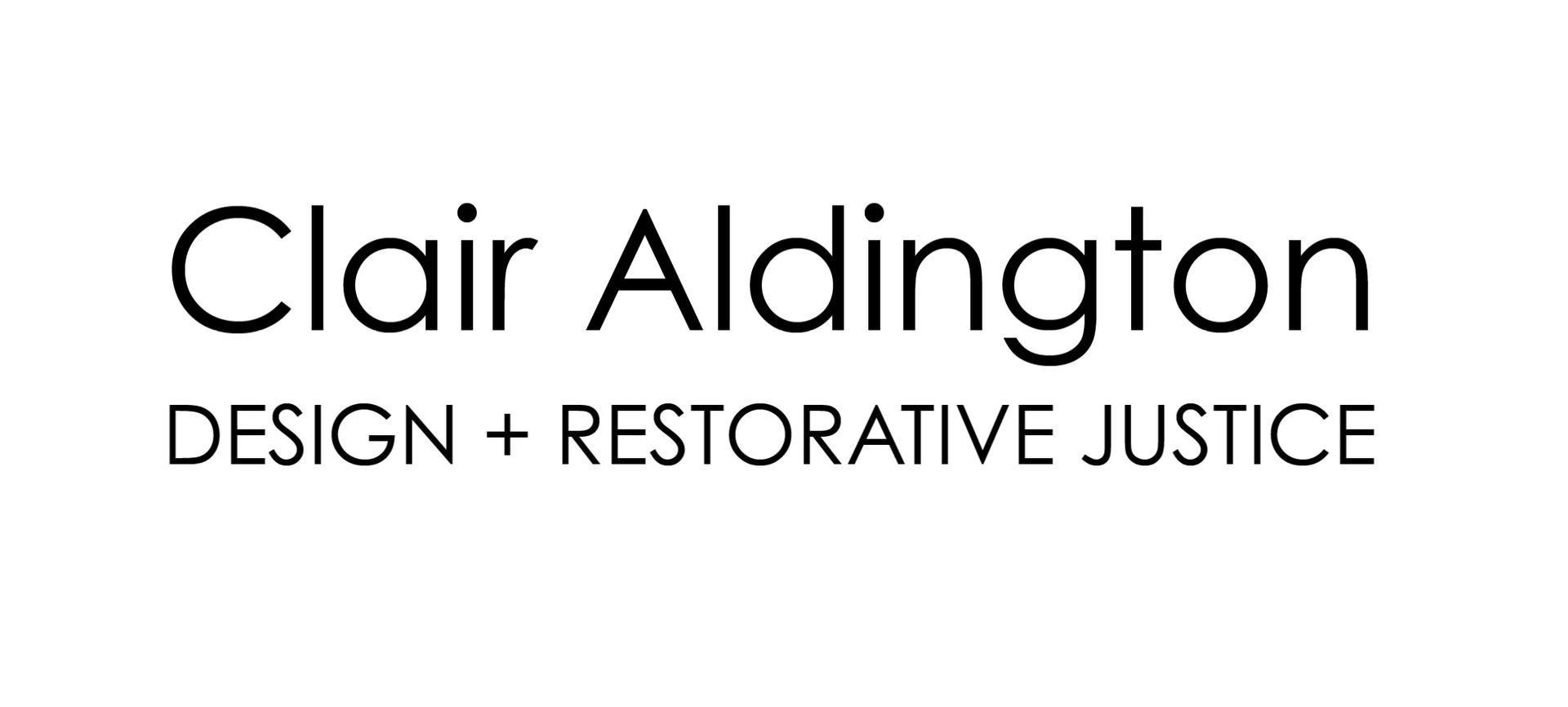A language of convergence
The co-created handmade thing as a 'conversation starter' within restorative justice processes
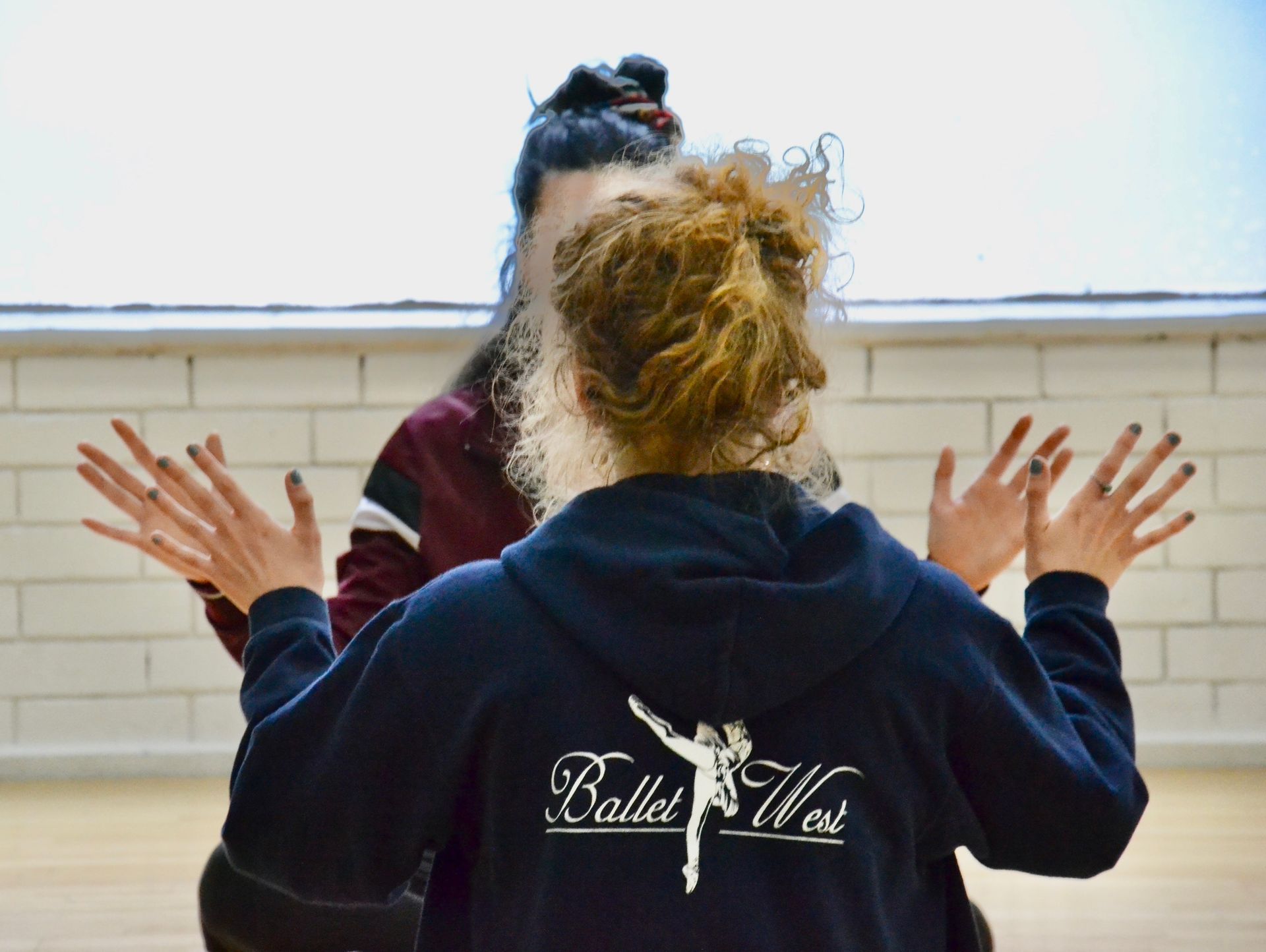
This article is based on elements of my doctoral research and is now available as a full-text here.
My proposition of a language of convergence is outlined in this article and based on findings from my PhD. It is a proposition to be utilised in restorative justice processes and involves the three components of co-creative making, gesture and word. This means that the non-verbal elements (co-creative making and gesture) are primary but which, in turn, encourage the discovery of the verbal (word). The image shows dancers who were participants in my PhD research investigating the role of gesture and movement as part of restorative justice processes.
Abstract
Literacy and language challenges amongst offending populations are well-documented and yet restorative justice processes rely heavily on oral and literacy competencies. Through a qualitative practice-based study, the co-creative making and gifting of a handmade thing as part of a restorative justice process is found to enable the formation of a ‘physical’ and ‘non-offending language’ within the person responsible (offender). In this way, a handmade thing is viewed as a ‘conversation starter’, and as helping to form connections, so-called solidarities, across the space between participants in restorative justice encounters. Through phenomenological and thematic analyses of the data, co-creative making and gifting are shown to be innately about the formation of solidarities between people. It is proposed that they contribute towards a language of convergence in which non-verbal components are primary, with verbal elements emerging secondarily. This language draws on the author’s own definition of solidarity in restorative justice research and practice as a place of convergence, meaning to bend or turn towards the other.
